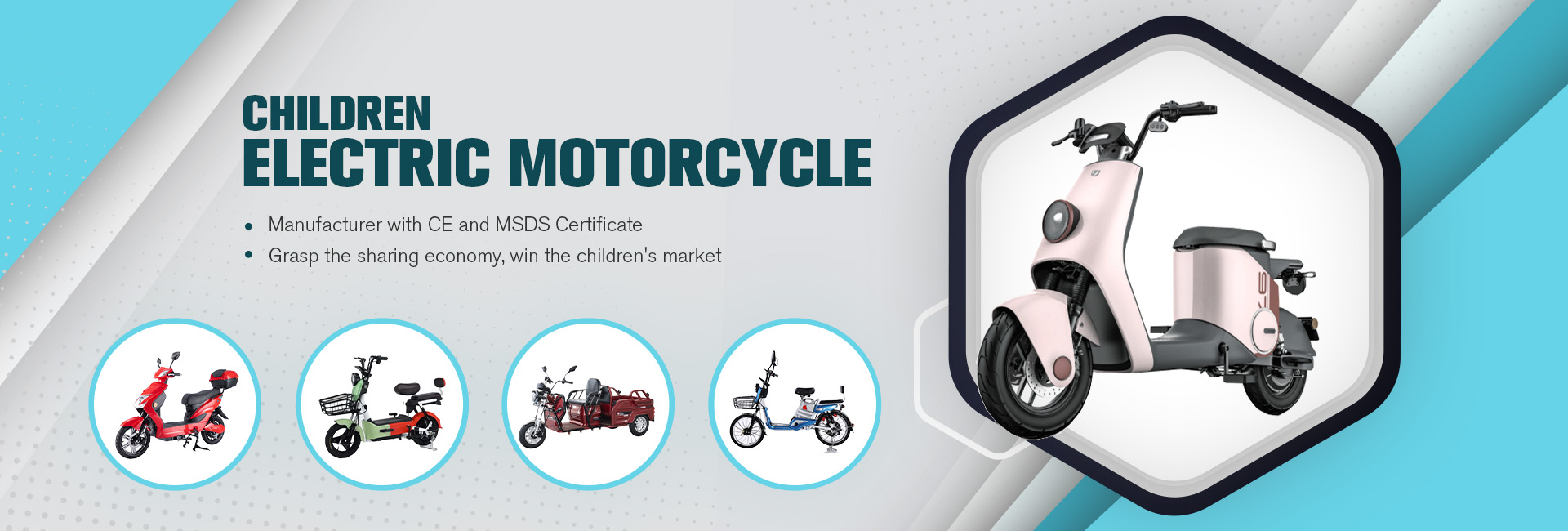
- Afrikaans
- Albanian
- Amharic
- Arabic
- Armenian
- Azerbaijani
- Basque
- Belarusian
- Bengali
- Bosnian
- Bulgarian
- Catalan
- Cebuano
- Corsican
- Croatian
- Czech
- Danish
- Dutch
- English
- Esperanto
- Estonian
- Finnish
- French
- Frisian
- Galician
- Georgian
- German
- Greek
- Gujarati
- Haitian Creole
- hausa
- hawaiian
- Hebrew
- Hindi
- Miao
- Hungarian
- Icelandic
- igbo
- Indonesian
- irish
- Italian
- Japanese
- Javanese
- Kannada
- kazakh
- Khmer
- Rwandese
- Korean
- Kurdish
- Kyrgyz
- Lao
- Latin
- Latvian
- Lithuanian
- Luxembourgish
- Macedonian
- Malgashi
- Malay
- Malayalam
- Maltese
- Maori
- Marathi
- Mongolian
- Myanmar
- Nepali
- Norwegian
- Norwegian
- Occitan
- Pashto
- Persian
- Polish
- Portuguese
- Punjabi
- Romanian
- Russian
- Samoan
- Scottish Gaelic
- Serbian
- Sesotho
- Shona
- Sindhi
- Sinhala
- Slovak
- Slovenian
- Somali
- Spanish
- Sundanese
- Swahili
- Swedish
- Tagalog
- Tajik
- Tamil
- Tatar
- Telugu
- Thai
- Turkish
- Turkmen
- Ukrainian
- Urdu
- Uighur
- Uzbek
- Vietnamese
- Welsh
- Bantu
- Yiddish
- Yoruba
- Zulu
Nov . 22, 2024 13:39 Back to list
bike e bike
The Rise of E-Bikes Revolutionizing Urban Mobility
As cities continue to grow and urban congestion becomes an increasing problem, innovative solutions are necessary to promote efficient and sustainable transportation. One such solution is the electric bike, commonly known as the e-bike. E-bikes have surged in popularity over the last decade, transforming the way people commute and explore urban environments. This article will delve into the benefits, challenges, and future prospects of e-bikes in our cities.
What is an E-Bike?
An e-bike is a bicycle equipped with an electric motor that assists with pedaling. This technology provides extra power, enhancing the cycling experience and making it easier to ride longer distances, traverse hilly areas, or commute against a strong wind. E-bikes come in various styles—from sleek city models to rugged mountain designs—catering to a diverse range of riders and purposes.
Advantages of E-Bikes
1. Sustainability One of the primary reasons for the increasing popularity of e-bikes is their environmental benefits. Unlike cars, e-bikes produce zero emissions, significantly reducing the carbon footprint of urban commuting. They offer a viable alternative to fossil fuel-powered vehicles and encourage a shift toward more environmentally friendly modes of transportation.
2. Health Benefits Riding an e-bike provides substantial health benefits. While the electric motor assists the rider, it doesn’t eliminate physical exertion. Studies suggest that e-bike riders engage in more physical activity compared to those who rely solely on traditional bicycles, as the added motor support allows them to ride longer and more frequently. The result is improved cardiovascular health and physical fitness among e-bike users.
3. Cost-Effectiveness E-bikes can be a cost-effective solution for commuting. With rising fuel prices and the high costs associated with owning and maintaining a car, e-bikes offer an economical alternative. They require less maintenance than motor vehicles and have lower energy costs, making them an attractive option for budget-conscious individuals.
4. Traffic Congestion Relief E-bikes can help alleviate the chronic issue of traffic congestion in urban areas. By providing a quicker and more efficient way to navigate through crowded streets, e-bikes can reduce the number of cars on the road. This not only eases traffic but also minimizes the stress associated with daily commutes.
bike e bike

Challenges Facing E-Bikes
Despite their numerous advantages, the widespread adoption of e-bikes faces several challenges. One key issue is infrastructure. Many cities lack the necessary bike lanes and bike-friendly facilities, making cycling, especially on e-bikes, potentially dangerous. Efforts must be made to expand and improve cycling infrastructure, ensuring safe passage for e-bike riders.
Another challenge is regulation. The rapid growth of the e-bike market has led to varying regulations across different regions. Issues concerning speed limits, classifications of e-bikes, and where they can be ridden create confusion among users and hinder broader acceptance. Establishing uniform guidelines will be crucial for promoting e-bike use while ensuring safety for all road users.
The Future of E-Bikes
Looking ahead, the future of e-bikes appears promising. With technological advancements in battery life and motor efficiency, e-bikes are becoming more attractive to a wider audience. Innovative designs, enhanced connectivity features like GPS and smartphone integration, and improvements in lightness and portability are making e-bikes increasingly user-friendly.
Moreover, many cities are recognizing the potential of e-bikes in their urban mobility plans. Governments are investing in cycling infrastructure, offering incentives for e-bike purchases, and incorporating e-bikes into public transportation systems. As cities strive to reduce congestion and pollution, e-bikes are likely to play a pivotal role in our urban landscapes.
Conclusion
In conclusion, e-bikes represent a significant shift in how we view personal transportation. They offer a sustainable, healthy, and cost-effective alternative to traditional commuting methods, while also helping to alleviate urban congestion. However, to maximize their potential, city planners and policymakers must address infrastructure and regulatory challenges. As these hurdles are overcome, e-bikes will undoubtedly become an integral part of the future of urban mobility, paving the way for cleaner, healthier, and more vibrant cities.
-
The Ultimate Kids' Four-Wheeler Experience
NewsJul.09,2025
-
The Ultimate Guide to Mountain Bikes: Gear Up for Your Ride
NewsJul.09,2025
-
The New Age of Cycling: Electric Bikes for Every Rider
NewsJul.09,2025
-
The Best Kids Bicycles: Ride in Style and Safety
NewsJul.09,2025
-
The Best 3-Wheel Scooters for Kids: Fun, Safety, and Adventure
NewsJul.09,2025
-
Revolutionize Your Ride: Affordable Electric Bikes
NewsJul.09,2025
-
Finding the Perfect Mountain Bike for Every Rider
NewsJul.09,2025



